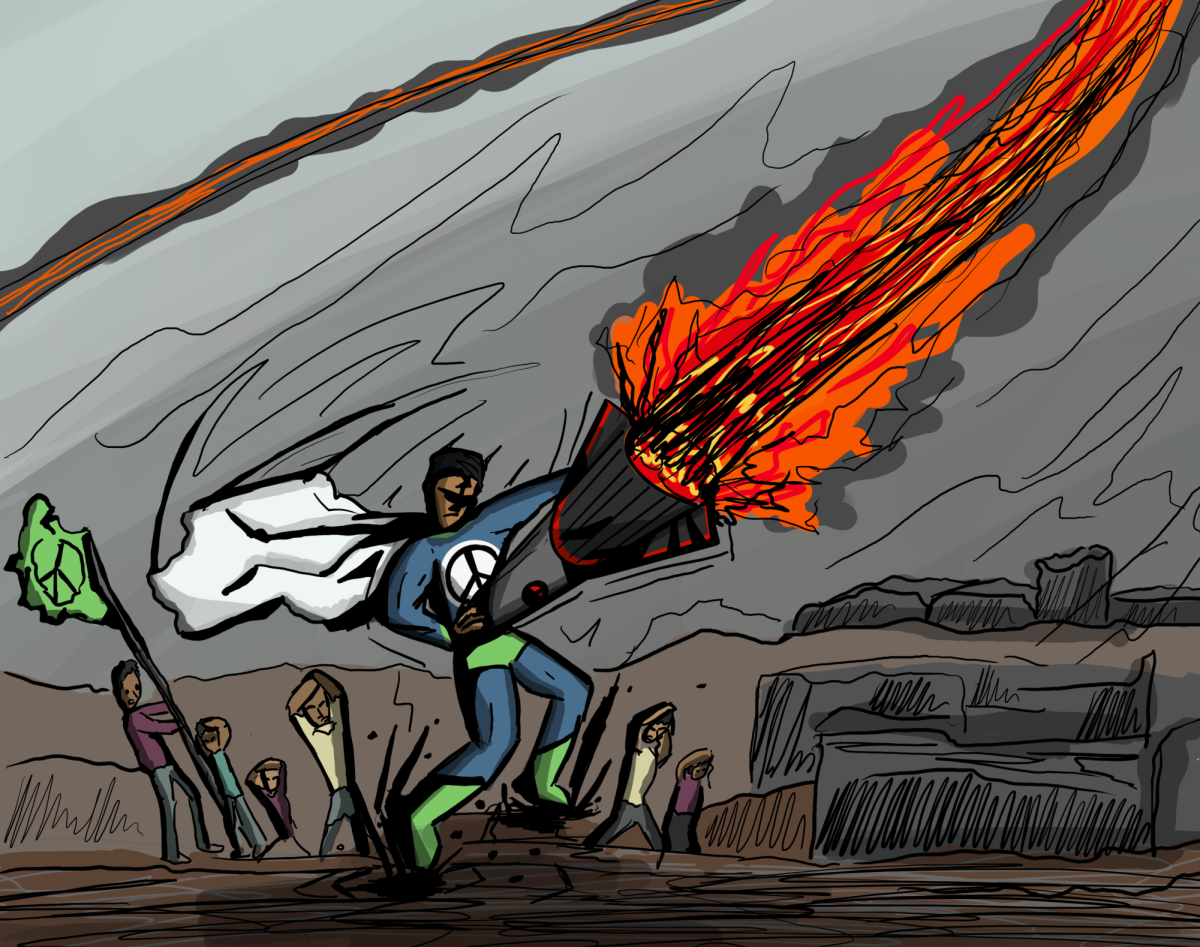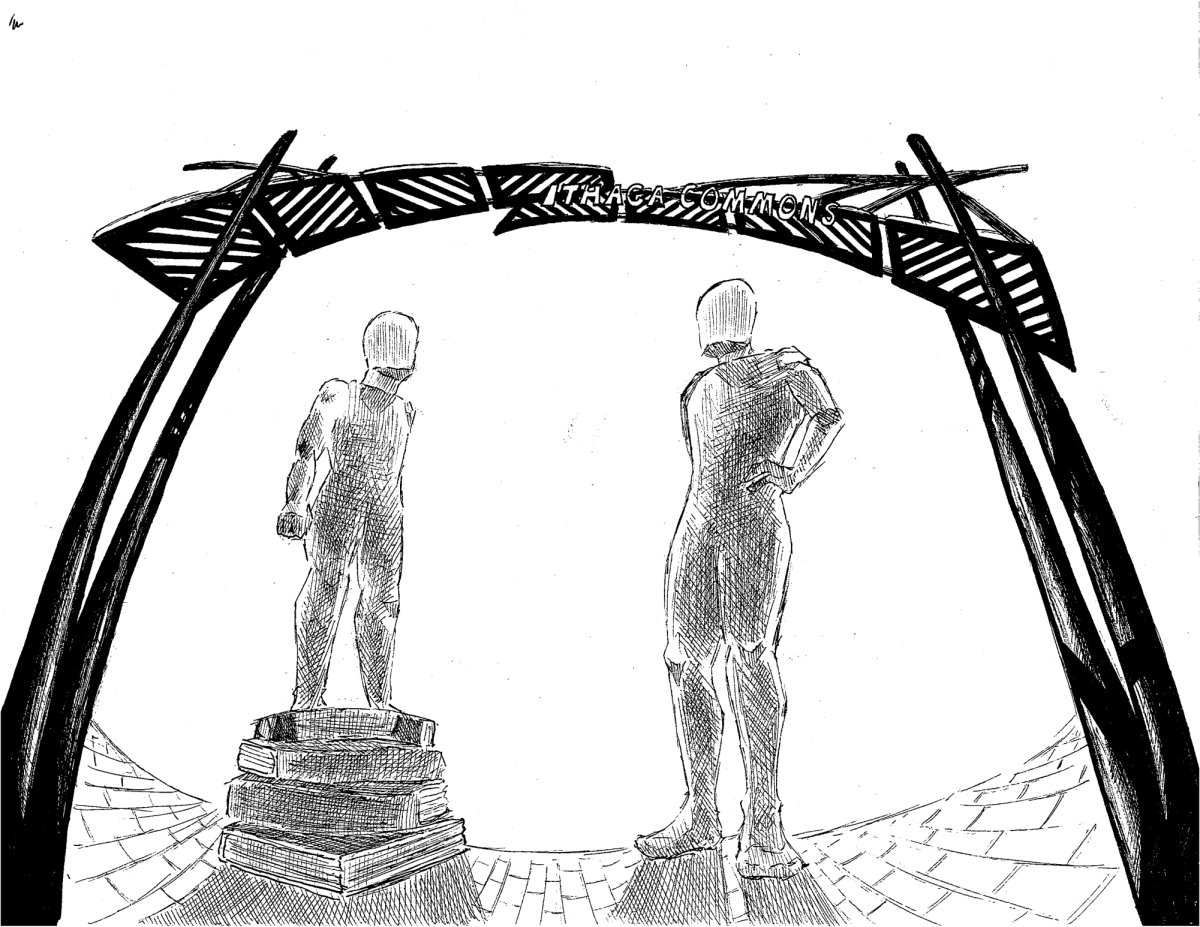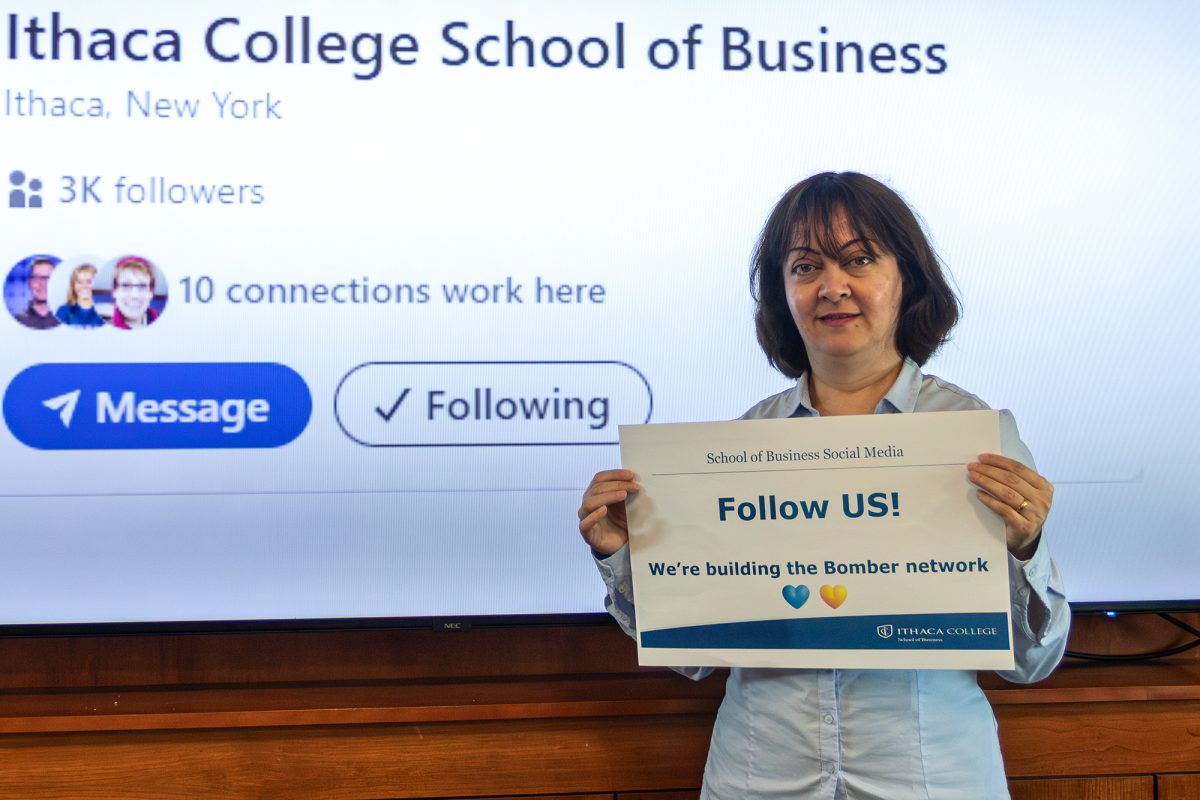Adults still remember the shows they grew up with: the bright colors, the catchy songs and their favorite childhood characters. What they do not always realize is how those characters follow them and continue to teach them new lessons throughout adulthood.
Children’s media is not just entertainment. It is one of the most powerful, overlooked tools for teaching difficult topics. Not only does it help teach reading and writing skills, but also allow for more mature topics to be introduced in a comfortable and familiar environment, like in James Gunn’s “Superman.”
Though Gunn has commented that he was not intentionally connecting the story to the current conflict in the Middle East, there has been an influx of comments about the film’s supposedly anti-Israel stance.
Several social media sites have been bombarded with comparisons of the war in the fictional countries of Boravia and Jarhanpur to the real-life war between Israel and Hamas.
Boravians are portrayed as light-skinned, with Slavic accents and Western-style military uniforms, while Jarhanpurians are darker-skinned, dressed in Middle Eastern and South Asian-inspired clothing — a clear visual reinforcing the West vs. East racial dynamic reminiscent of the tension in the Middle East.
Viewers are comparing Boravia to Israel and Jarhanpur to Palestine, interpreting Boravia’s invasion of Jarhanpur as an allegory for the Israel-Hamas war. However, Gunn insists he started writing the screenplay in 2022 — almost a full year before the October 7, 2023 attacks — and separated the fictional story from the real events in the Middle East.
Whether intended for communicating a larger message or not, media based on children’s characters — like Superman — can and should be perceived in more meaningful ways.
The “Superman” movie has created a massive impact from what was originally a children’s comic book character.
Using characters that viewers are already comfortable with, like Superman, allows for uncomfortable topics to be more palatable. It also introduces new topics to audiences who otherwise would not interact with that subject matter.
Having stories with characters that audiences already connect to makes them easier to relate to and forces viewers to have more empathy. In fact, the Erikson Institute recommends that adults engage with children’s media because it supports reciprocal learning and media literacy skills for both kids and grown-ups. Adults can learn just as much by interacting with these children’s characters as kids themselves.














